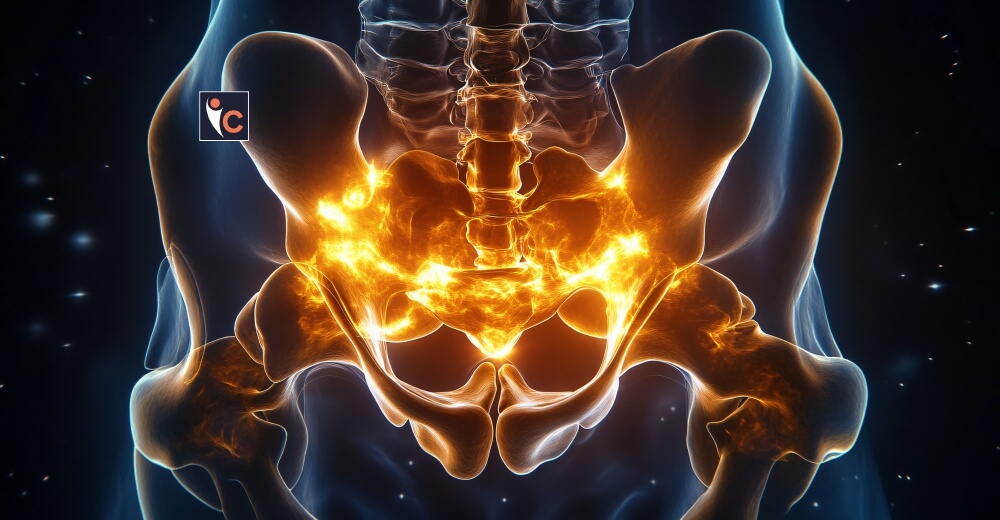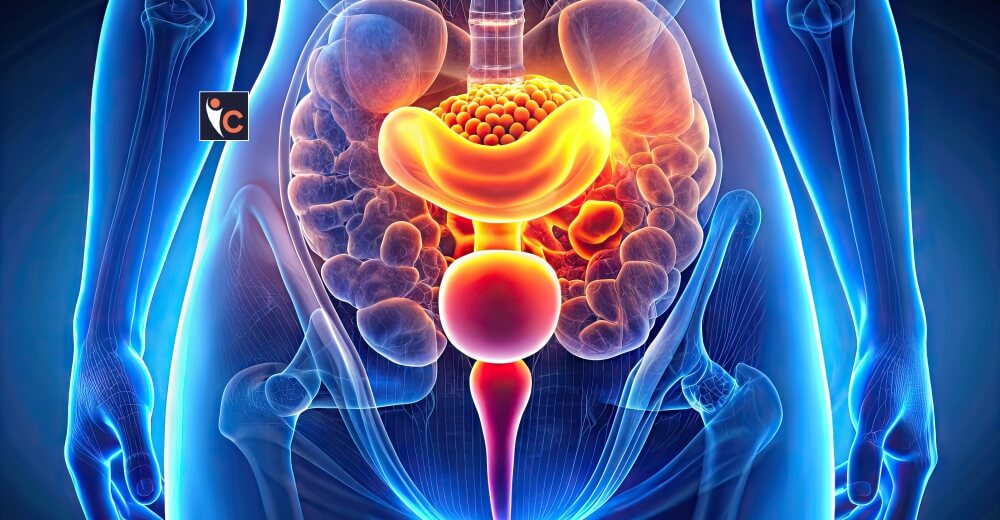Take Charge of Your Health
Women’s health is an ignored concept causing various health conditions. One such condition that affects a large section of women and needs attention is Pelvic organ prolapse. This condition often leads to discomfort and declined quality of life. However, it can be prevented and managed through slight lifestyle interventions.
This article focuses on practical ways to maintain pelvic health and take control over one’s well-being against POP.
The Fundamentals of Pelvic Organ Prolapse
POP occurs when pelvic organs, such as the bladder, the uterus, or the rectum, descend into the vaginal canal due to weakened pelvic floor muscles. It is essential to understand these risk factors in order to prevent and manage effectively:
- Childbirth: Vaginal delivery, especially multiple births, can significantly strain the pelvic muscles.
- Aging: The natural aging process slowly weakens the pelvic floor muscles.
- Hormonal Changes: Decrease in estrogen has impact upon the elasticity and strength of tissues.
- Chronic Conditions: Problem like chronic coughing or constipation will keep on increasing the pressure in the abdomen, thereby making them contributes to prolapse.
Being informed of these factors, women can help take proactive measures in the prevention and management of the causes to maintain pelvic health.
Lifestyle Adjustments for Prevention and Management
- Maintain and Achieve Ideal Weight
Having excess body weight stress increases the pelvic floor muscles’ resistance, thus increasing POP risk. A diet rich in fruits, vegetables, proteins, and whole grains, along with proper physical activity, can help attain an ideal weight.
- The Master Pelvic Floor Exercise
Regular repetitions of pelvic floor exercises, also known as Kegel exercises, will help strengthen the muscles which will hold pelvic organs in place. Such exercises include contractions followed by relaxation of the pelvic muscles.
- Be Active About Chronic Conditions
Report chronic issues such as constipation or chronic coughs to your physician. Successful treatment can minimize further stress on the pelvic floor. For constipation:
– Increase fiber-rich foods or supplements.
– Fluid intake
– Regular exercise.
For chronic coughs, work closely with your physician to identify and treat the underlying cause-for example, allergies or asthma-or some other form of respiratory condition.
- Quit Smoking
Smoking weakens all of the body’s connective tissues, including those under and around pelvic organs. Quitting smoking aids in general health as well as aids in pelvic health by tightening these tissues. Find local resources from health professionals, support groups, or tobacco quit programs to assist you in quitting.
The Role of Routine Health Visits
Regular gynecologic check-ups are the key to early diagnosis and treatment of POP. On these visits, providers can:
– Evaluate pelvic floor activity
– Discuss any symptoms you might be experiencing,
– Obtain individually tailored recommendations on how to prevent and manage your condition.
– Further evaluation or treatment will be pursued based on your particular need.
Do not hesitate to address any of your questions or symptoms to your healthcare provider, even if it might be considered minor.
Non-Surgical Treatments
If you are starting to develop symptoms of POP, you have several non-surgical options:
Pessaries-These are short term, removable appliances. They are inserted into the vagina to support prolapsed organs. They can be in various shapes and forms, and are fitted by a health care provider.
-Physiotherapy: Sessions with a physiotherapist may provide individualized exercise programs and techniques to strengthen the pelvic floor, potentially alleviating symptoms.
– Biofeedback: This is a method where sensors help you see that your pelvic floor muscle contractions are improving, which in turn improves the effectiveness of exercises.
Empowering self through awareness and action
It is safe to conclude that management and prevention of pelvic organ prolapse can be supported through lifestyle interventions. These include weight maintenance, practice pelvic floor exercises, safe lifting techniques, management of chronic conditions, and quitting smoking. These can reduce the risk of developing POP or control existing symptoms.
Everybody experiences POP differently. Be patient with how you implement these changes. If you feel like talking to others who share similar experiences, seek out healthcare professionals as well as support groups.
Stay updated, act proactively, and care for your pelvic floor – so that you keep improving your quality of life and prevent the progression of pelvic organ prolapse.
Read More: Click Here










